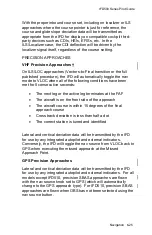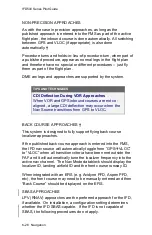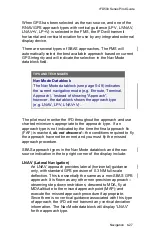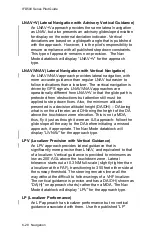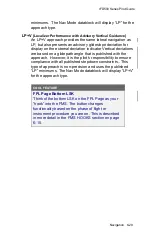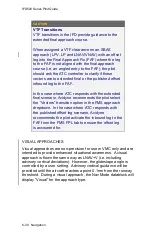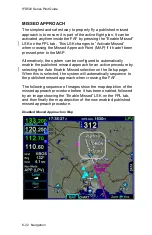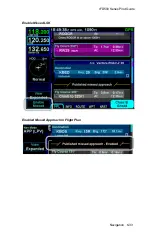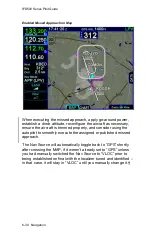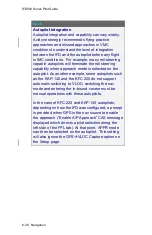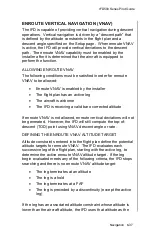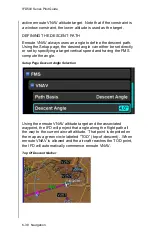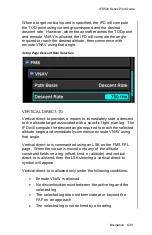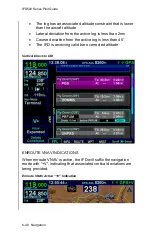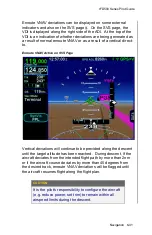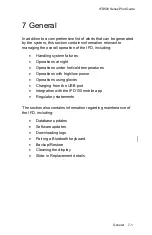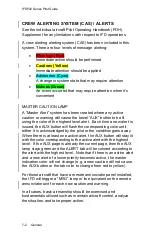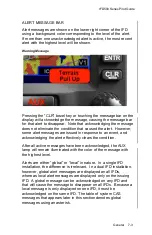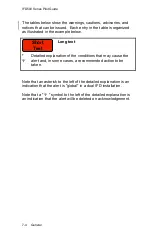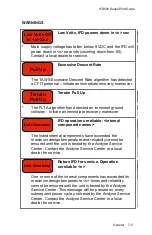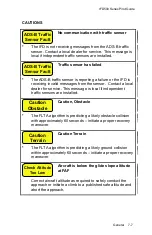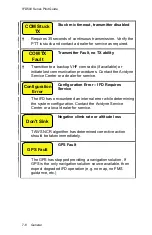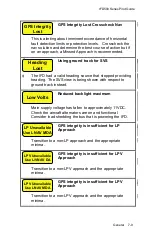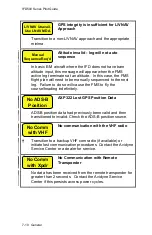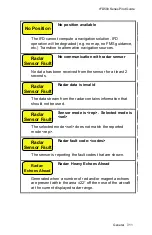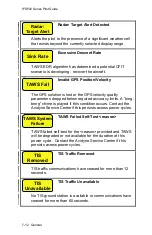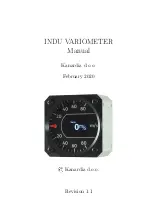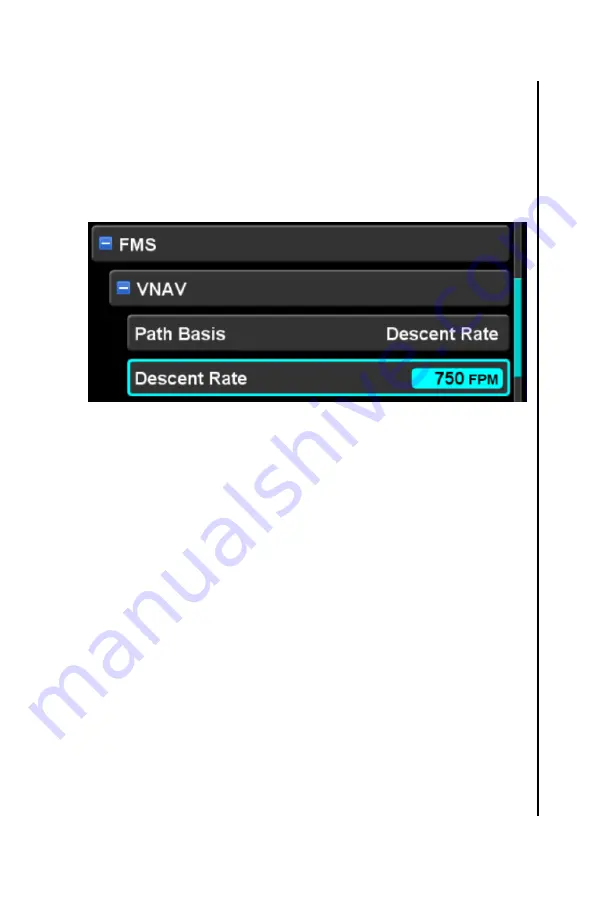
IFD500 Series Pilot Guide
Navigation 6-39
When a target vertical speed is specified, the IFD will compute
the TOD point using current groundspeed and the desired
descent rate. However, when the aircraft reaches the TOD point
and enroute VNAV is allowed, the IFD will compute the angle
required to reach the desired altitude, then commence with
enroute VNAV using that angle.
Setup Page Descent Rate Selection
VERTICAL DIRECT-TO
Vertical direct-to provides a means to immediately start a descent
to the altitude target associated with a specific flight plan leg. The
IFD will compute the descent angle required to reach the selected
altitude target and immediately commence enroute VNAV using
that angle.
Vertical direct-to is commanded using an LSK on the FMS FPL
page. When the cursor is moved onto any of the altitude
constraint fields on a leg (offset, kind, or altitude) and vertical
direct-to is allowed, then the LSK showing a vertical direct-to
symbol will appear.
Vertical direct-to is allowed only under the following conditions:
Enroute VNAV is allowed
No discontinuities exist between the active leg and the
selected leg
The selected leg does not terminate at or beyond the
FAF on an approach
The selected leg is not defined by a heading
Summary of Contents for IFD510
Page 1: ......
Page 140: ...IFD500 Series Pilot Guide 3 50 FMS Subsystem Weather Data on Info Tab Info Tab Nearby Navaids ...
Page 150: ...IFD500 Series Pilot Guide 3 60 FMS Subsystem User Waypoint Airfield Naming Example ...
Page 156: ......
Page 180: ...IFD500 Series Pilot Guide 4 24 Map Subsystem ADS B Lightning Coverage Area Shadow ...
Page 252: ...IFD500 Series Pilot Guide 5 16 Aux Subsystem Trip Statistics Calculator ...
Page 460: ...IFD500 Series Pilot Guide 7 82 General Bluetooth pairing pairing code ...

